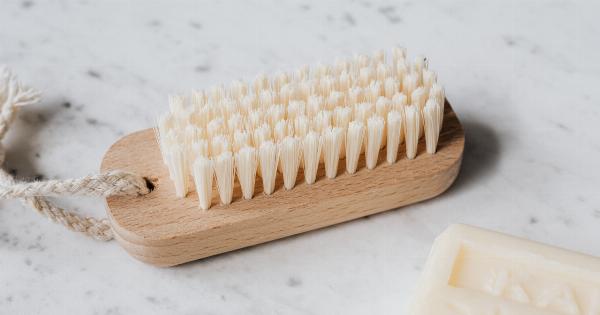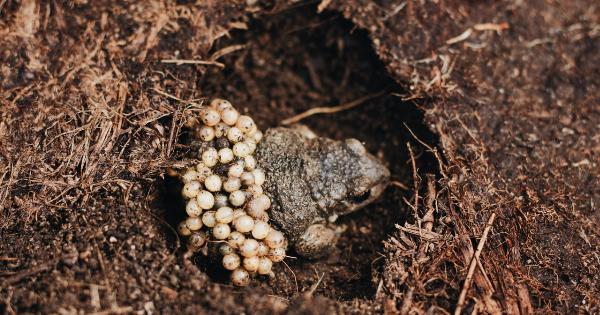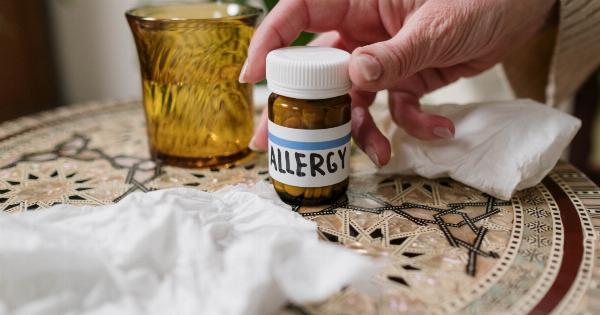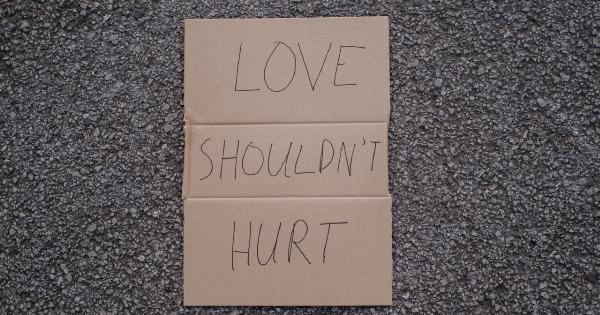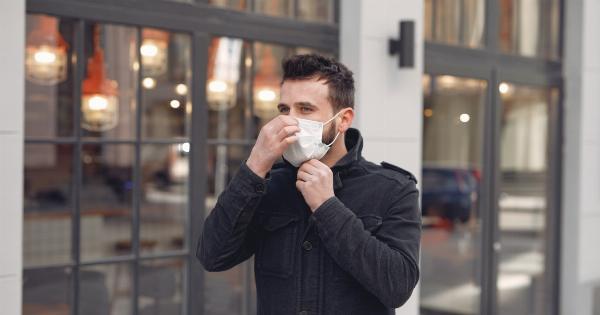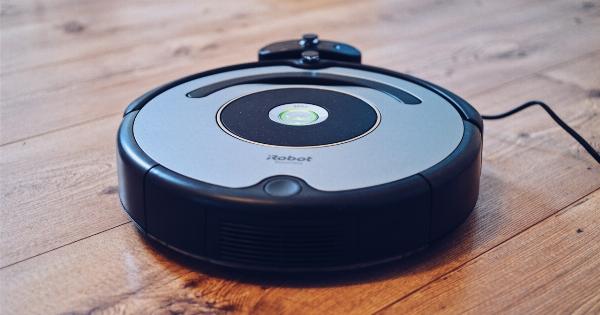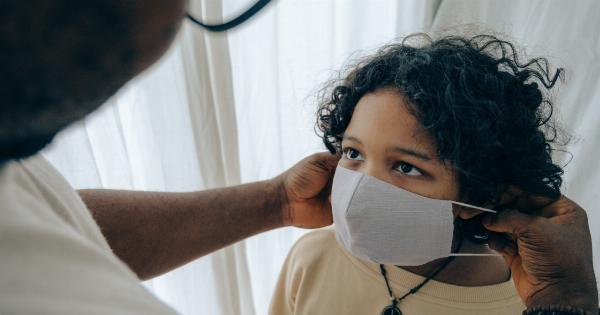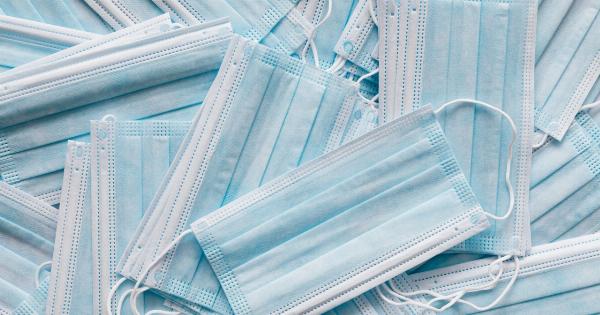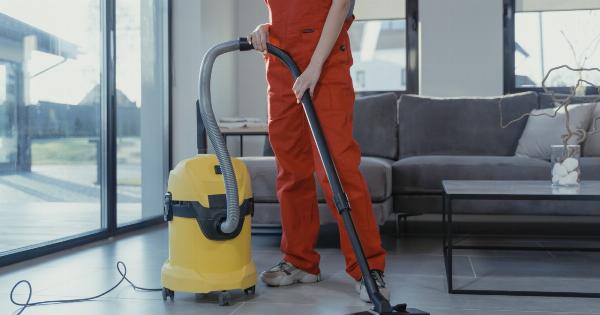Allergens, such as dust mites, pet dander, pollen, and mold, can trigger allergic reactions, leading to symptoms like sneezing, coughing, wheezing, and itchy eyes.
Minimizing allergens at home is crucial for maintaining a healthy and comfortable living environment. With the right strategies, you can significantly reduce allergens and alleviate allergy symptoms. Here are ten effective strategies to help you minimize allergens in your home:.
1. Keep Your Home Clean and Clutter-Free
Regular cleaning is essential to remove allergens from surfaces and reduce their accumulation. Vacuum carpets, rugs, and upholstery regularly using a vacuum cleaner equipped with a HEPA (High-Efficiency Particulate Air) filter.
Dust and wipe surfaces, such as shelves, furniture, and countertops, with a damp cloth to trap and remove allergens effectively. Keep your home clutter-free to minimize the areas where dust and allergens can accumulate.
2. Maintain Optimal Humidity Levels
High humidity levels can promote the growth of mold and dust mites, while low humidity can cause dryness and irritation. Keep your home’s humidity levels between 30% and 50% to discourage allergen growth.
Use a dehumidifier in damp areas like the basement, bathroom, or laundry room, and consider using a humidifier during dry seasons or in rooms where the air tends to be dry.
3. Eliminate or Reduce Upholstered Furniture
Upholstered furniture, such as sofas and armchairs, can harbor a significant amount of allergens. Consider replacing them with furniture made of leather, wood, or metal, which are easier to clean and less likely to trap allergens.
If you prefer upholstered furniture, choose ones with removable, washable covers that can be regularly laundered to remove allergens.
4. Wash Beddings in Hot Water
Beddings, including sheets, pillowcases, blankets, and comforters, can accumulate dust mites, body oils, and sweat, which can trigger allergies.
Wash your beddings weekly in hot water (at least 130°F or 54°C) to kill dust mites and remove allergens effectively. Additionally, consider using allergen-proof covers for mattresses, pillows, and duvets to further protect yourself from dust mite allergens.
5. Regularly Clean and Groom Pets
Pet dander is a common allergen that can cause allergic reactions. If you have pets, bathe and groom them regularly to reduce dander and shedding.
Ideally, have a non-allergic family member or a professional groomer handle the grooming process outside the house to prevent allergens from spreading indoors. Additionally, consider keeping pets out of bedrooms and off furniture.
6. Upgrade Your Vacuum Cleaner
Investing in a vacuum cleaner with a HEPA filter can effectively capture tiny particles like dust mites, pet dander, and pollen. Choose a vacuum cleaner that is certified asthma and allergy-friendly.
Vacuum your floors, carpets, and rugs at least once a week to remove allergens. Don’t forget to clean or replace the vacuum’s filter regularly to maintain its efficiency.
7. Minimize Indoor Plants
Although indoor plants can add beauty to your home, they can also release pollen and mold spores, triggering allergies. If you are prone to allergies, consider minimizing the number of indoor plants or sticking to varieties with low pollen production.
Alternatively, you can choose artificial plants to maintain aesthetic appeal without the risk of allergens.
8. Control Outdoor Allergens
Allergens can enter your home from the outside, so it’s essential to control their entry. Keep windows and doors closed during high-pollen seasons, particularly in the morning and evening when pollen counts are higher.
Use high-efficiency air filters in your HVAC system to capture allergens before they circulate in your home. Consider using doormats to minimize the tracking of outdoor allergens into your home.
9. Regularly Change Air Filters
Dirty air filters can harbor allergens and reduce indoor air quality. Regularly change air filters in your HVAC system every three months or more frequently if needed.
Opt for high-quality filters with a minimum efficiency reporting value (MERV) of 8 or higher to effectively capture allergens. Clean or replace filters in air purifiers and humidifiers according to the manufacturer’s instructions.
10. Ventilate Your Home
Proper ventilation helps remove stale indoor air and reduces the concentration of allergens. Open windows and doors when the outdoor pollen count is low to let fresh air in.
Use exhaust fans in kitchens and bathrooms to remove excess moisture, which can contribute to mold growth. Consider using a mechanical ventilation system, such as heat recovery ventilation (HRV) or energy recovery ventilation (ERV), to provide continuous fresh air while filtering out pollen and other allergens.



